Ninety years of Castro and the Queen
- 13 August 2016
- Latin America & Caribbean
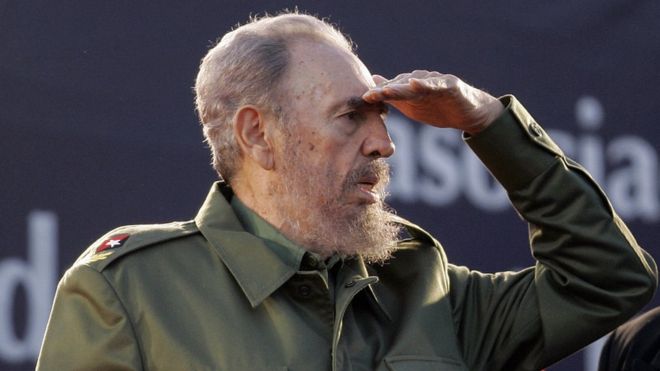 GETTY IMAGES
GETTY IMAGES
Two famous leaders have celebrated their 90th birthday this year: Queen Elizabeth and Fidel Castro, the former Cuban president.
Here are some milestones in the parallel lives of two of the world's most recognisable figures.
1926
Mr Castro was born on 13 August to a wealthy sugar farmer from Spain who had settled in the Cuban town of Biran.
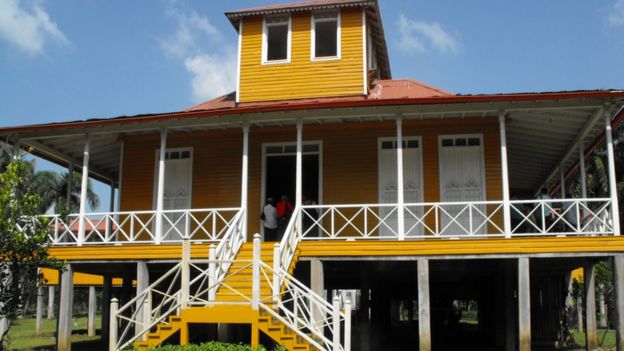
Official and unofficial Castro biographers alike tend to agree that it was witnessing first-hand the exploitation of Haitian sugarcane workers on the farms that first influenced the young Fidel's fledging worldview.
The Queen was born in London slightly earlier, on 21 April, as the first child of Albert, Duke of York, and his wife, formerly Lady Elizabeth Bowes-Lyon.
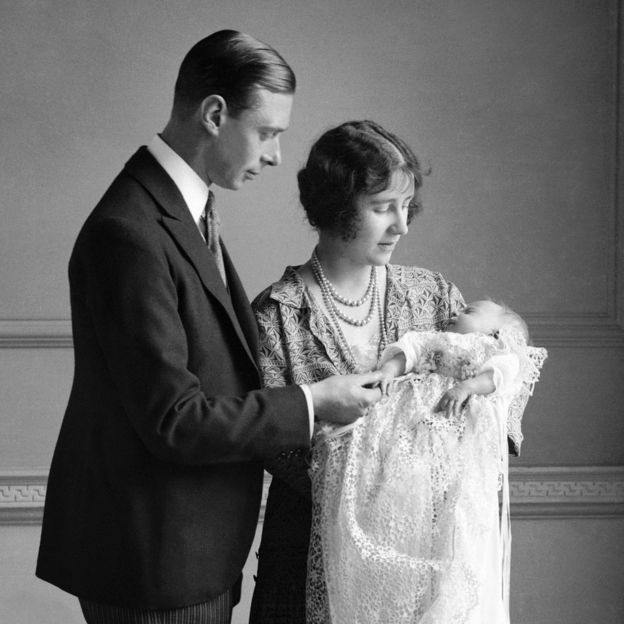 PA
PA
After her birth she was introduced to her future subjects on the balcony of Buckingham Palace, alongside the reigning monarchs, King George V and Queen Mary.
1930s
Growing up, Fidel was sent to attend a Jesuit school. Under the influence of a priest called Father Llorente, he excelled in certain areas, including sports and outdoor expeditions.
The young Elizabeth and her sister were educated at home. In 1937, Elizabeth's father was crowned King George VI.
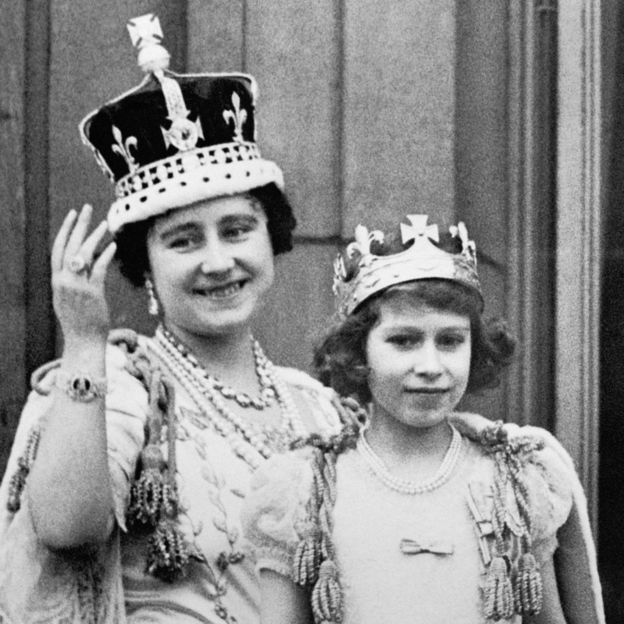 PA
PA1940s
Fidel was awarded a prize for discipline in 1944 after finishing his course at school. He then went to Havana University to study law.
It was as he entered the febrile, often violent world of student politics in 1940s Havana that he came of political age.
In a speech he delivered in late 1947 he railed against "the country's wealth in foreign hands" and urged his fellow students to militancy, saying, "A young nation can never say 'we surrender'."
Meanwhile, Elizabeth helped boost the nation's morale in the throes of World War II, visiting scouts and troops.
In November 1947 she married her third cousin, Prince Philip of Greece, at Westminster Abbey. Their first child, Charles, was born in 1948.
1950s
In 1952 Fidel started a revolution with his brother Raul. They were outnumbered, defeated, and imprisoned. Almost two years later they were pardoned and exiled to Mexico. There they met revolutionary "Che" Guevara.
In 1956 the Castro brothers and Guevara returned to Cuba to launch a revolution. They succeeded in overthrowing President Fulgencio Batista in 1959.
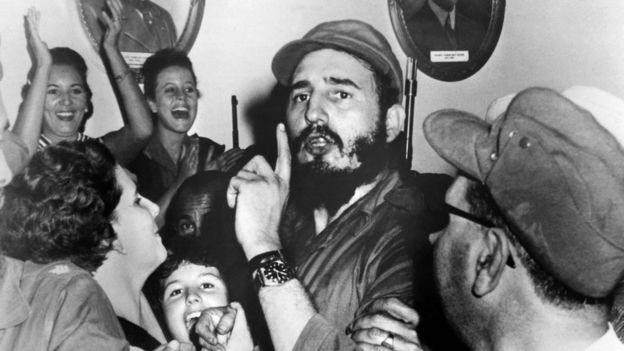 AFP
AFP
Elizabeth also came to power in the 1950s, after her father's death in 1952.
She was crowned during an elaborate coronation ceremony at Westminster Abby in June.
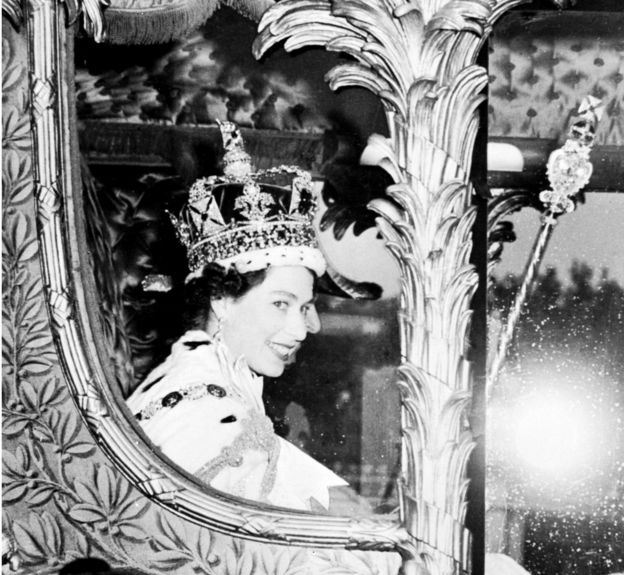 GETTY IMAGES
GETTY IMAGES1960s
Prime Minister Castro's new grip on power brought new friends and enemies. A US-led attempt to topple him in 1961, known as the "Bay of Pigs Invasion", was a disaster.
Thousands of Americans were held hostage and Cuba began to form stronger ties with the Soviet Union.
 AP
AP
The Queen welcomed two new prime ministers to power in the 1960s and gave birth to her third child, Andrew, the first to be born to a reigning monarch in 103 years.
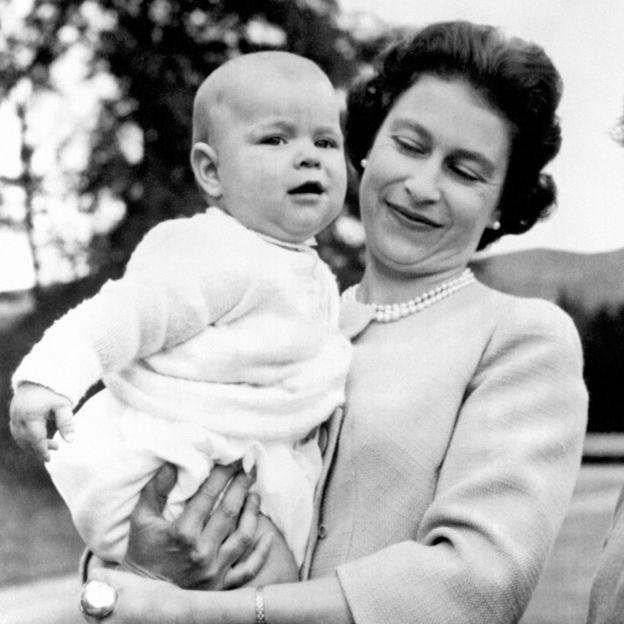 PA
PA1970s
The Cuban leader, who officially became president in 1976, continued to upset Western powers by supporting communist movements in Angola, Ethiopia and Yemen.
The British monarch celebrated 25 years on the throne and welcomed the country's first female Prime Minister, Margaret Thatcher.
In 1979, amid the conflict in Northern Ireland, her cousin Lord Louis Mountbatten was killed by an IRA bomb on his boat.
1980s
After economic hardship in the country, thousands of Cubans tried to gain asylum at embassies within the country.
Frustrated, President Castro opened ports in the north of the country to allow anyone to leave and seek asylum.
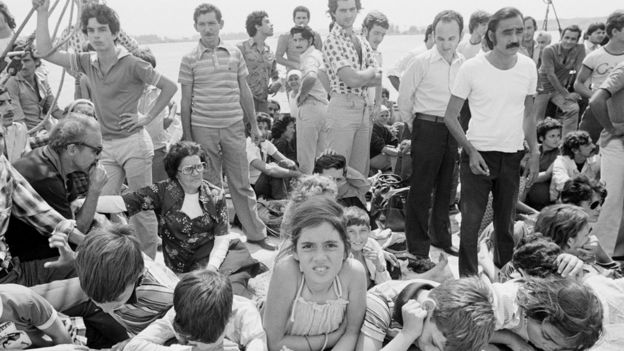 AP
AP
The year 1986 saw the Queen and the Duke of Edinburgh make a state visit to China.
No British monarch had ever travelled to mainland China, let alone walked the Great Wall, so the trip in October made history.
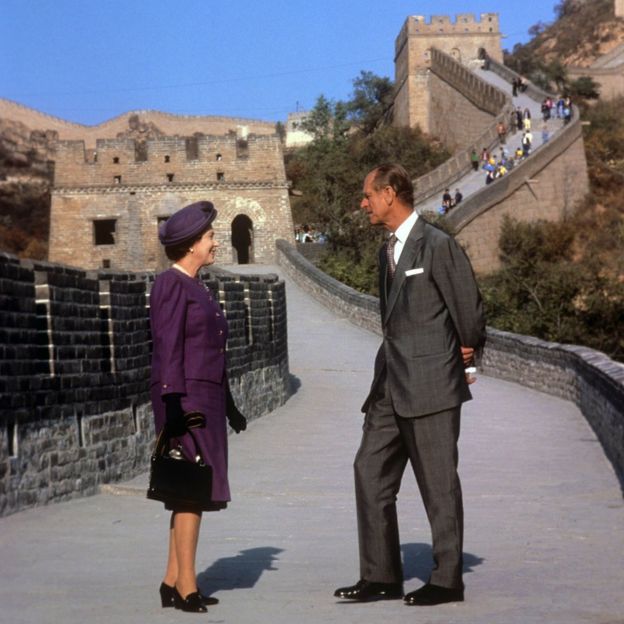 PA
PA1990s
The collapse of the Soviet Union threw the Cuban economy into chaos. Cuba lost around $6bn in annual subsidy from the Soviet Union and could no longer export sugar in exchange for its oil. Cuba's factories and agriculture were paralysed.
In 1988, President Castro met Pope John Paul II who called for reform on the island. It was the first time a papal visit had been paid to the country.
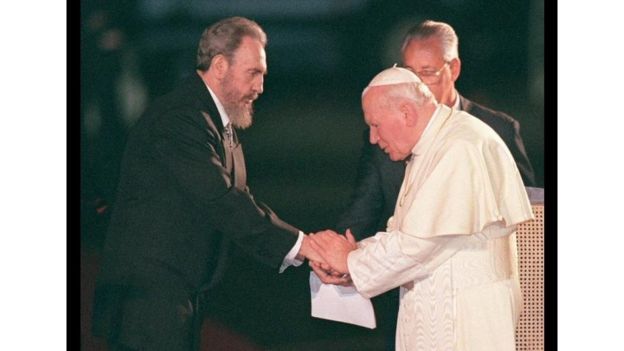 AP
AP
A fire broke out at a royal residence, Windsor Castle, in 1992, threatening a large collection of art.
In 1997, Princess Diana, former wife of the Queen's son Prince Charles, died in a car crash.
The Royal Family grieved in private. However, the public reaction to Diana's death led to accusations that the Queen was out of touch with the public mood. The swell of anger shocked the Queen.
 PA
PA2000s
President Castro was forced to step down from power in 2006 due to his poor health. His brother Raul took over.
 AP
AP
Prince Charles married again in 2003, to Camilla Parker-Bowles.
Queen Elizabeth attended their religious blessing but was not present at their civil ceremony.
The monarch told guests in a speech at the wedding reception that her son was "home and dry with the woman he loves".
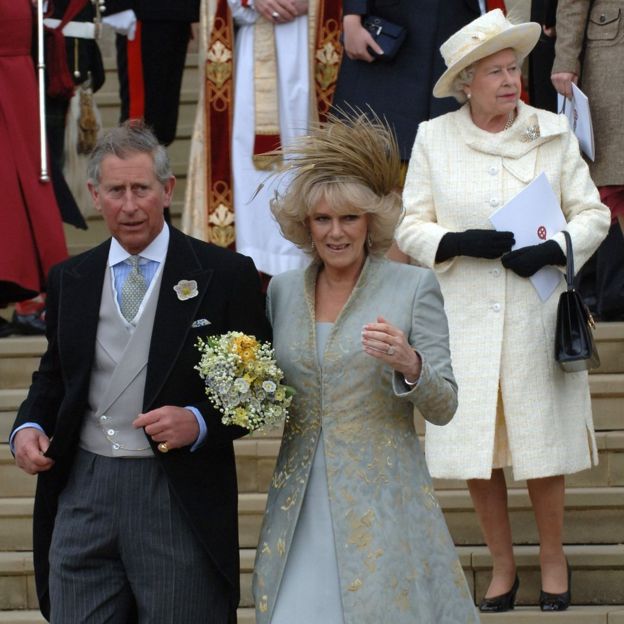 PA
PA2010s
Both leaders celebrated their 90th birthdays. Fidel's was marked by low-key celebrations in Havana and a 90m-long cigar created in his honour by Cuban cigar roller Jose "Cueto" Castelar.
 EPA
EPA
Thousands of people marked Queen Elizabeth's 90th birthday with elaborate parades and dancing across the UK.
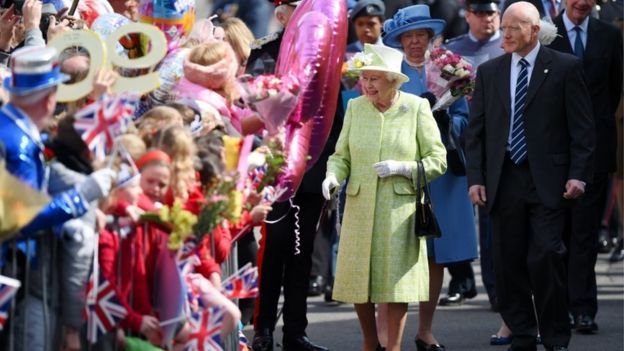 PA
PA
No comments:
Post a Comment